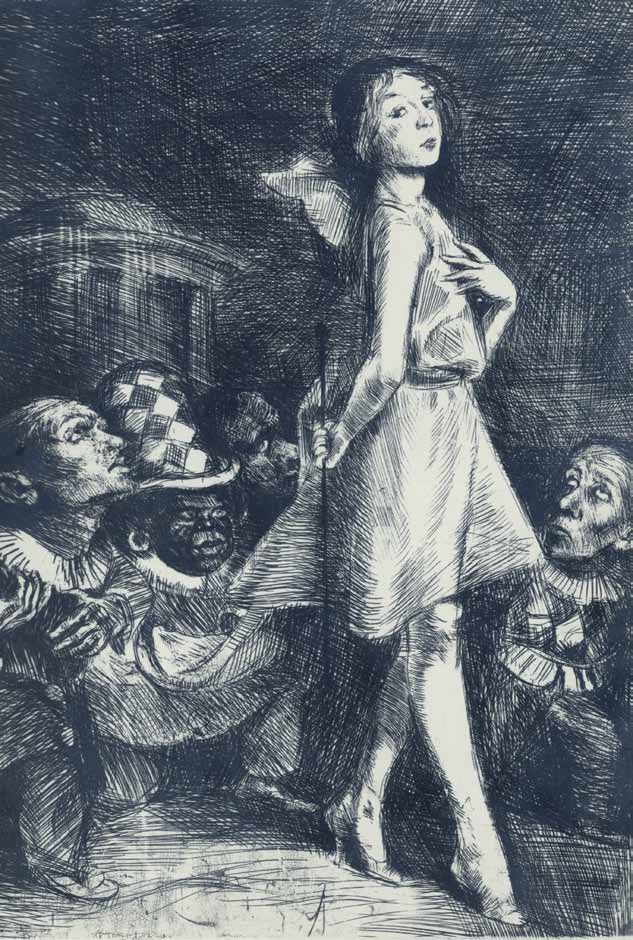Author(s): Vladislava Gordić Petković / Language(s): Serbian
Issue: 11/2016
Published within one year, Tipping the Velvet (1998) by Sarah Waters and Judita Šalgo’s A Voyage to Birobijan (1997) share interest in the issues of the body, sexual politics and female identity, although their respective topics and characters differ to a great extent. While Waters’s Nancy Astley uses theatrical transformation and stage disguise in her pursuit of a satisfying homosexual relationship, Bertha Papenheim follows the illness, terror and pain of women rejected by the society in order to invent and detect Birobijan, the female Utopia. Judita Šalgo’s posthumous, unfinished novel reads as a gospel according to women, with the female Christ figure named Messiana and the flock of her followers who spread the word about an Utopian refuge for all the weak and defeated: „Messiana’s advent was announced and foretold by unrefined, uneducated women and young girls (…) by prostitutes, single mothers, women swollen with venereal diseases and tuberculosis, illegitimate children and orphans, pregnant under age girls, by women and children from the streets, as well as women and children bought and sold to Balkan brothels and Turkish harems. Some of those women through whom the advent of the Egyptian woman was announced remembered a peculiar traveller, a German woman who visited brothels and boarding houses, asked questions and initiated conversations“ (Šalgo 1997: 66-67). The German woman is Freud’s former patient Bertha Papenheim, whom Šalgo borrows from the psychoanalyst’s opus in order to create a catalyst for her plot. What at first seemed to be a field project with the intention to help socially deprived Balkan women, turns into a quest for the female continent. Bertha is both confused and encouraged by the tribe of destitute, pregnant and ailing women who rant about the promised land of plenty and the advent of a female deity. Šalgo adds a touch of complicity to the concept of the female Saviour, since the tribe of the deprived’s search needs unity, patience and perseverance, but also the utmost secrecy and strict confidentiality. Bertha struggles to give voice to the rejects of the society but she also, along with the author, wants to articulate the female unconsciousness. Freud’s theory is taken by Šalgo as a legitimate imagination’s territory, and she reads his case studies as if they were a literary text, using them both as a source of information and invention. Thus no wonder that the structure of A Voyage to Birobijan resembles the work or the unconscious: the narrative revolves around the dominant motives of an unknown country, the female Savior, the weak and the sick. The heroine of Tipping the Velvet Nancy Astley’s evolution towards self-discovery and fulfilment runs parallel to her physical and metaphorical „journey against the current“ within the metropolis: from Whitstable to London and from the glittering West End theatres to the East End slums. The paper will focus on the heroine’s journey of self-discovery, during which she interacts with different social classes and experiments with dramatically different lifestyles, using the city as her stage, obliterating the gender boundaries and bridging the gap between her authentic and stage identity. Falling in love with both the artist Kitty Butler and her performance on the stage, Nancy admits: „it was my new capacity for pleasure – for pleasure in performance, display and disguise, in the wearing of handsome suits, the singing of ribald songs – that shocked and thrilled me most“ (Waters 1999: 126). Tipping the Velvet has as its most direct, recognized literary predecessor Daniel Defoe’s Moll Flanders, although Moll resolutely declined to discuss sexual identities. In her re-creation of 1890s London, Sarah Waters chooses the Victorian music hall, with all of its gendered associations, as the appropriate setting for the sexual awakening of her protagonist Nancy Astley. Tipping the Velvet foregrounds the fluid and performative nature of identity through a sustained portrayal of London as a stage where an individual can take many different, even contradictory parts; it is the exploration of Waters’s deliberate use of the Victorian metropolis as a carnivalesque space, where it is possible to be an actor and a spectator at the same time. Unfolding ostensibly as a Bildungsroman, Tipping the Velvet in fact charts Nancy Astley’s picaresque vagaries through London in an episodic narrative framework where angels and villains regularly occur to ease the pain or inflict it: the only form of character development we encounter is the result of a theatrical apprenticeship, crossdressing and disguise, rather than a genuine sentimental education, although in the finale of the novel Nancy seems to have finally found a role to her liking, creating her own surrogate family of sorts. Both Waters and Šalgo extend the narrative and ideological framework of the picaresque novel once set by Daniel Defoe by introducing the issues of sexual identity and gender roles.
More...















